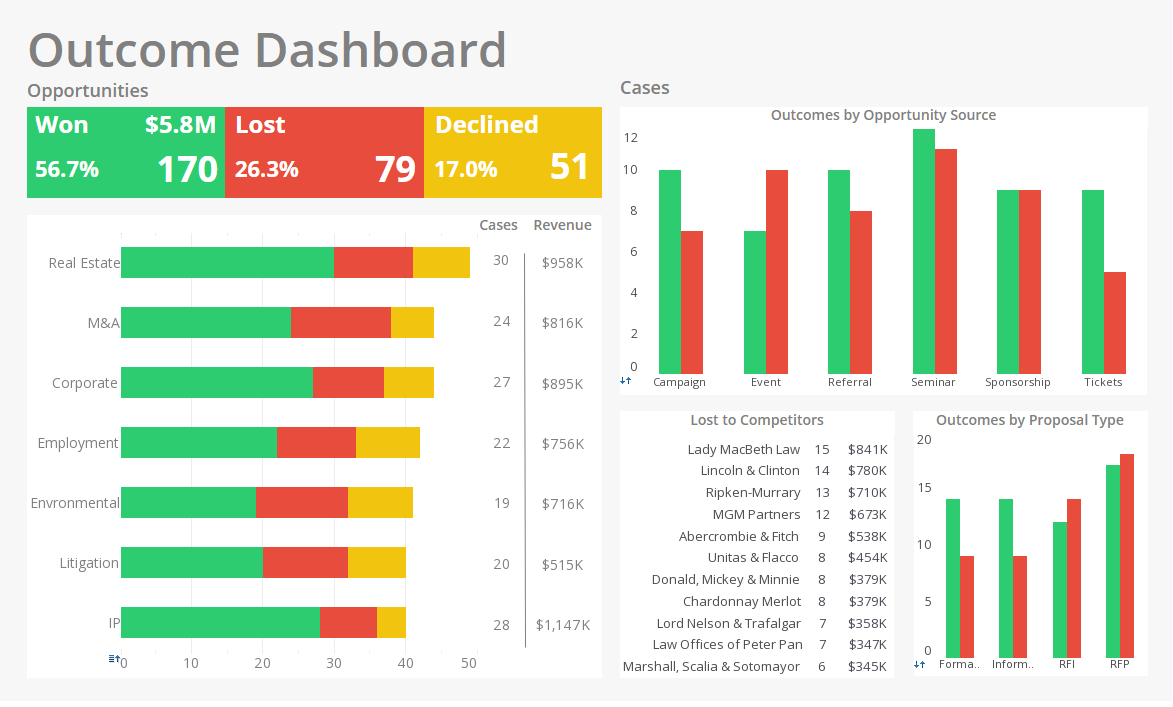InetSoft Webinar: Agile BI
Below is the continuation of the transcript of a Webinar hosted by InetSoft on the topic of Agile Data Access and Agile Business Intelligence. The presenter is Mark Flaherty, CMO at InetSoft.
Mark Flaherty (MF): And agile BI, agile data access, really agile data access is all about virtualizing access to disparate heterogeneous data assets that are resident in a data warehouse or in your online transaction processing systems or throughout your ETL and other data integration investments. Really the idea is to enable very responsive, flexible, pervasive information as a service and to deliver all those capabilities into your business intelligence and development efforts.
So agile business, which is really what we’re striving for here, making your business model ever more flexible to be able to see new opportunities and fend off threats and turn them to your advantage. Agile business really requires agile data access because really data is at the core of every business and every business model.
In business intelligence, one way of looking at BI is that a decision support system to there to help people and your company as a whole to make better decisions. So agile data access helps you accelerate your decision support efforts. And it does so by enabling you, allowing you to avoid reinventing the wheel with each new BI project.
| #1 Ranking: Read how InetSoft was rated #1 for user adoption in G2's user survey-based index | Read More |
Components Of Your Agile Data Access Infrastructure
It lets you use common sets of data, of metadata, of calculations, of business rules, of predictive models, really a whole range of artifacts that collectively are components of your agile data access infrastructure.
For agile business, just go quickly over this, from the very CEO level of looking at this is that in order to survive ongoing in such a dynamic ever-changing business environment, no matter what space you are in, as a business, you need to move towards a far more flexible model. If we go back to the olden days, businesses quite often became very large and very vertically integrated and very powerful by marshalling a lot of resources as multinationals and so forth. But quite often what happens, it’s happened in the past, is that businesses became too large and too complex and too rigid and unable to respond quickly enough to change the competitive conditions.
We have seen what's happened in this latest recession with some very large industrial enterprises eventually having been deconstructed in a hurry and almost a sickening hurry by the fact that conditions have entirely changed. Companies that are up and coming are those that have become more agile, like the jet fighter here which is really what it's all about is be able to turn out of dime as, slightly mixing metaphors there. But they’re more flexible and adaptable in their responses and they can zoom and target specific opportunities far more rapidly in a changing environment, compared to old battleships of the past, or in this case, aircraft carriers.
 |
View a 2-minute demonstration of InetSoft's easy, agile, and robust BI software. |
How Agile Development Principles Can Speed Up the Delivery of an Executive Dashboard
Agile development principles offer a dynamic framework that can significantly expedite the delivery of an executive dashboard, providing real-time insights and facilitating informed decision-making. Firstly, adopting Agile methodologies promotes iterative development cycles, allowing for continuous feedback and refinement throughout the dashboard's creation process. Rather than waiting until the entire dashboard is completed to solicit feedback, Agile encourages incremental development, enabling stakeholders to provide input early and often.
This iterative approach ensures that the dashboard evolves in alignment with evolving business needs and priorities, ultimately leading to a more relevant and impactful solution. Secondly, Agile principles emphasize close collaboration between cross-functional teams, including developers, designers, data analysts, and business stakeholders. By fostering collaboration and transparency, Agile facilitates rapid problem-solving and decision-making, reducing the time spent on lengthy approval processes or miscommunications. This collaborative environment enables teams to quickly address challenges, make necessary adjustments, and keep the dashboard development process moving forward at a steady pace.
Moreover, Agile encourages the formation of self-organizing teams empowered to make decisions autonomously, further streamlining the development process and eliminating bureaucratic delays. Furthermore, Agile methodologies prioritize delivering working software frequently, typically in short iterations known as sprints. This approach allows teams to break down the development work into manageable chunks and deliver tangible results on a regular basis. For an executive dashboard project, this means that stakeholders can start deriving value from the dashboard sooner, even as additional features and enhancements are continuously added in subsequent iterations. By focusing on delivering minimum viable products (MVPs) early and incrementally building upon them, Agile development accelerates the time-to-market for the dashboard while ensuring that it remains aligned with business objectives.
Finally, Agile promotes a culture of adaptability and continuous improvement, where teams are encouraged to reflect on their processes and make adjustments accordingly. Through regular retrospectives and feedback loops, Agile teams can identify bottlenecks, inefficiencies, and opportunities for optimization. By continuously refining their development practices and incorporating lessons learned from each iteration, teams can further enhance their productivity and accelerate the delivery of subsequent iterations of the executive dashboard. In this way, Agile development principles not only expedite the initial delivery of the dashboard but also contribute to its ongoing evolution and enhancement over time, ensuring its continued relevance and value to the organization.
| Previous: Agile Data Access |


